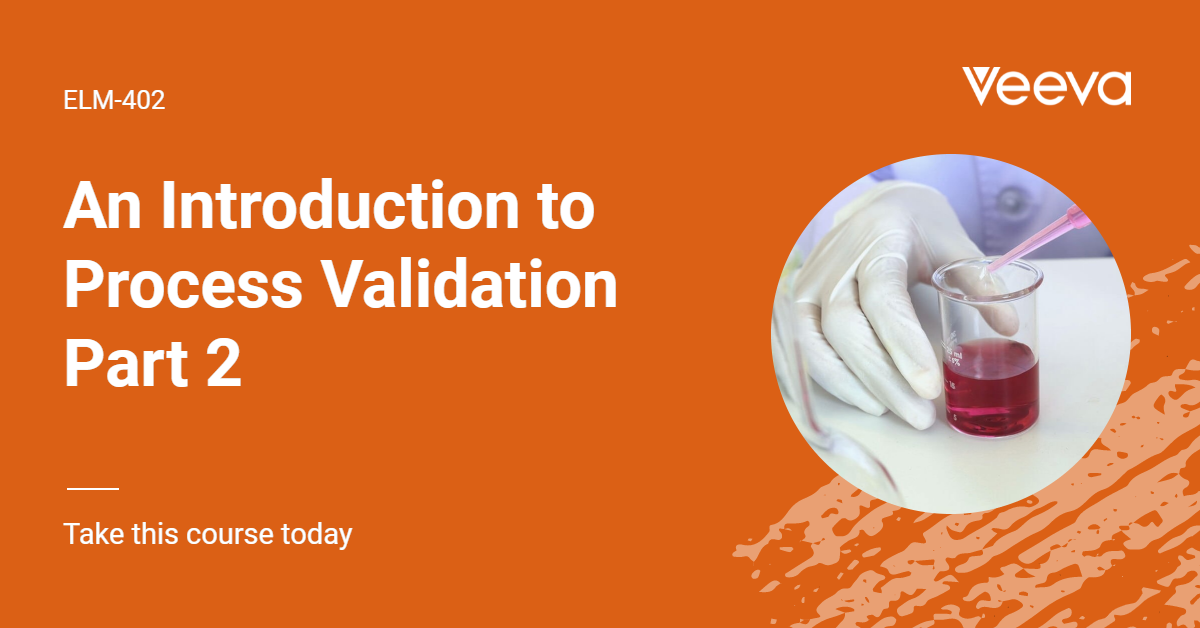The first phase of the process design entails developing a detailed knowledge and understanding of the manufacturing process.
CPPs
In particular, this will entail identifying the critical process parameters, often abbreviated to CPP, which are key variables affecting a manufacturing process and the design space, which describes the critical process parameters and other relevant parameters such as the ranges of material inputs, prior knowledge, risk assessment conclusions, and relationships between the critical process parameters and other variables.
Process Variability
In particular, it is important to determine how the CPP and other variables contribute to process variability. the functionality and limitations of commercial manufacturing equipment should be considered in the process design, as well as predicted contributions to variability posed by different component lots, production operators, environmental conditions, and measurement systems in the production setting. However, the full spectrum of input variability typical of commercial production is not generally known during the early stages of process design.
Process Deign Phase
In addition, information obtained from product development activities can also provide key inputs to the process design stage, such as the intended dosage form, the quality attributes, and a general manufacturing pathway, can also be leveraged in the process design stage.
Laboratory or pilot-scale models designed to represent the commercial process can be used to estimate variability. The European process validation guideline states that such experiments should be carried out on a scale of at least 10 percent of the
production size.
Design of Experiments
Design of experiments studies commonly abbreviated to DOE, which are the design of any information-gathering exercises where variation is present, can also be helpful in developing process knowledge by revealing relationships, including multivariate interactions, and the resulting outputs. Risk analysis tools can also be used to screen potential variables for DOE studies to minimize the total number of experiments conducted while maximizing knowledge gained.
The results of DOE studies can provide justification for establishing ranges of incoming component quality, equipment, parameters, and in-process material quality attributes.
Pilot Scale
Experiments at the laboratory or pilot scale, can also help evaluate of conditions and predict the performance of the commercial process. Information from these experiments can also be used to model or simulate the commercial process.
Virtual Simulations
In addition, computer based or virtual simulations can also provide an understanding of process operations or dynamics and help avoid problems at commercial scale. It is, however, important to understand any limitations and differences which models represent of the commercial process, as this may have an impact on the relevance of information derived from such models.





